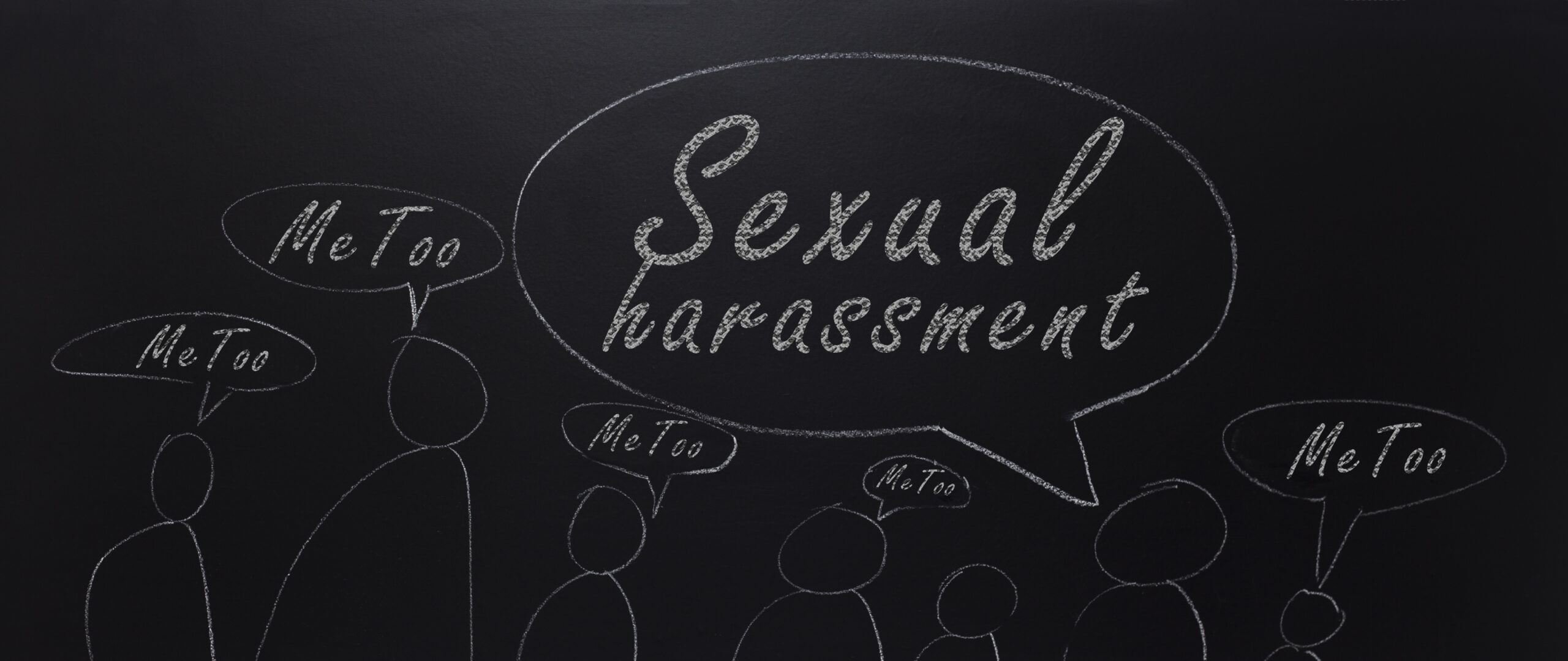EDITOR’S NOTE: This is the second of a multipart series exploring sexual harassment prevention in the workplace. Read part one: “Training Not Enough to Prevent Sexual Harassment” and part three: “Virtual Reality Could Be the Answer to Sexual Harassment Training.”
Eighty-five percent of women have reported some form of sexual harassment at work, and seemingly even more than that have experienced it, as evidenced by the #MeToo movement sweeping social media. But analysts say the traditional mandatory sexual harassment training is not enough to prevent harassment; rather it’s up to the leaders of an organization to promote an inclusive culture with a zero-tolerance policy against any type of harassment.
As we begin 2018, leaders will have to decide whether they want to make preventing sexual harassment in the workplace a C-suite priority. According to a recent survey by Next Concept Human Resource Association and Waggl, nearly nine in 10 employees think they will.
NCHRA CEO Greg Morton said that intent has probably been voiced in the halls of many companies during the past year. “With the onset of the #MeToo movement, it became glaringly obvious that people had to assess how big this problem might be at their company,” he said.
Morton predicts organizations large and small will hone their focus on sexual harassment in 2018 as they recognize that they’re likely sitting on undetermined, pent-up, financial risk related to this issue. “For the sake of business viability and continuity, it will demand their attention as they seek to protect the organization’s stakeholders and brand,” he said.
Jill Ihsanullah, senior vice president of consulting at Linkage Inc., a consulting firm, agreed the spotlight on sexual harassment will force leaders to make it a priority this year. Ihsanullah said learning leaders can help create leaders who are more purposeful and willing to stand up and say harassment is not tolerated.
“It’s not just about finding the toxic leaders and weeding out people in the organization who are having a negative impact, but it’s finding out what we can do for all leaders and employees in the organization so people are more empowered and more willing and courageous about standing up,” she said.
Morton and Ihsanullah agree that changing the culture to prevent harassment must start at the top.
Changing the Culture
“When you’re trying to change organizational culture, the most powerful and easiest way to do it is to make changes in leadership,” Ihsanullah said. “It doesn’t have to mean changing the people who are the leaders, but changing the way they lead.”
Ihsanullah said a small shift in behavior among senior leaders will ripple through the organization in a positive way. “When you’re a senior leader, the actions you take are very symbolic, they are very important and they send messages,” she said.
For example, Ihsanullah said it’s common for a leader to give a speech about work-life balance and then in the next breath celebrate someone because they worked all weekend. That praise actually sends a louder message than the speech they just gave, she said.
Regarding sexual harassment, leaders should take action that demonstrates an inclusive culture that treats women with respect.
Learning leaders should have discussions with the leadership team about what inclusive behavior looks like and how the organization can put it into action. Ihsanullah said one thing leaders should do to change the culture is to learn how they can signal confidence in women leaders, celebrate the accomplishments of women and demonstrate respect for women.
As a consultant focusing on this issue, Ihsanullah works with leaders on anything from how to lead a meeting in a more inclusive way to how to plan a company outing that’s open and comfortable for everyone — and CLOs can do the same. She said changing the culture and demonstrating a respect for women will reduce the extent to which sexual harassment occurs. “Culture is what becomes the breeding ground for sexual harassment.”
Piyush Patel, an entrepreneur and author of “Lead Your Tribe, Love Your Work,” agreed the leader is the lid of the organization and if the culture is a certain way, it’s typically because the leadership lets it be that way. “The C-suite has to have the conversation about how they are going to behave and what they are going to stand for,” Patel said. “Are you going to sit by the side and let this happen? If the answer is no, then what are you going to do about it?”
Patel also added that for leadership, it comes down to the bottom line; anything that impedes work getting done is limiting the growth of business. “If you want a productive, healthy business, employees have to be inspired to come to work. How can they feel inspired if they go to work and they feel belittled or sexually harassed?” He said if leaders don’t earn their employees’ trust and respect, they won’t get their passion.
Additionally, leaders should not overlook harassment for the sake of the value the harasser brings to the organization. Morton said part of the issue occurs when men in power value profit over decency. “When push comes to shove, they like the dollars more than they like the integrity of the culture they are trying to create,” he said.
Beyond Training
Ihsanullah said sexual harassment training is table stakes to setting a level playing field for employees who’ve grown up in all different kinds of circumstances, but it’s not enough. “You want to do training so that they have the knowledge, but then you have to work on the behavior,” she said. “You can have as much knowledge as you want, but if what’s going on in your everyday reality is different from the half-hour video you watched and took a quiz on, then that culture is going to be much more impactful.”
Morton agreed that it comes down to culture, communication and more open dialogue. “In much of the same fashion that prisons don’t deter criminals necessarily, I’m not sure federally mandated training cures this problem either,” he said.
Morton said HR and CLOs can most help by making it more than a compliance or training issue, but rather a culture shift issue supported by relevant training. He said the training should center around respect, communication and work styles. “Folks are going to learn a lot more from demonstrations and actions from leaders then they are going to learn from the text of a course.”
In an inclusive culture, when sexual harassment does occur, how a leader reacts to it and what message they send about it is important, Ihsanullah said. “The organizations that deal with this best, deal with it immediately,” she said.
If someone says something inappropriate, either a quick apology must come from that person or that person must no longer be part of the team, Ihsanullah said. “Leaders need to make it very clear that anything that would be disrespectful to women or any employee is not allowed,” she said. “Leaders must role-model a lack of tolerance of inappropriate behavior but also deal with it expediently in their organization.”
Despite all that leaders can do to create a more inclusive culture, Ihsanullah and Morton are skeptical that any substantial progress can be made in dramatically decreasing the amount of sexual harassment if men continue to hold the vast majority of leadership positions.
“The mere fact that men are the ones rising to the highest levels of power is sending a message to the culture in itself,” Morton said. “The ultimate solution here is to get to where it permeates a recruiting process as well as a culture change. The male-dominant, male power-based world is just not working, says a father of three daughters.”















